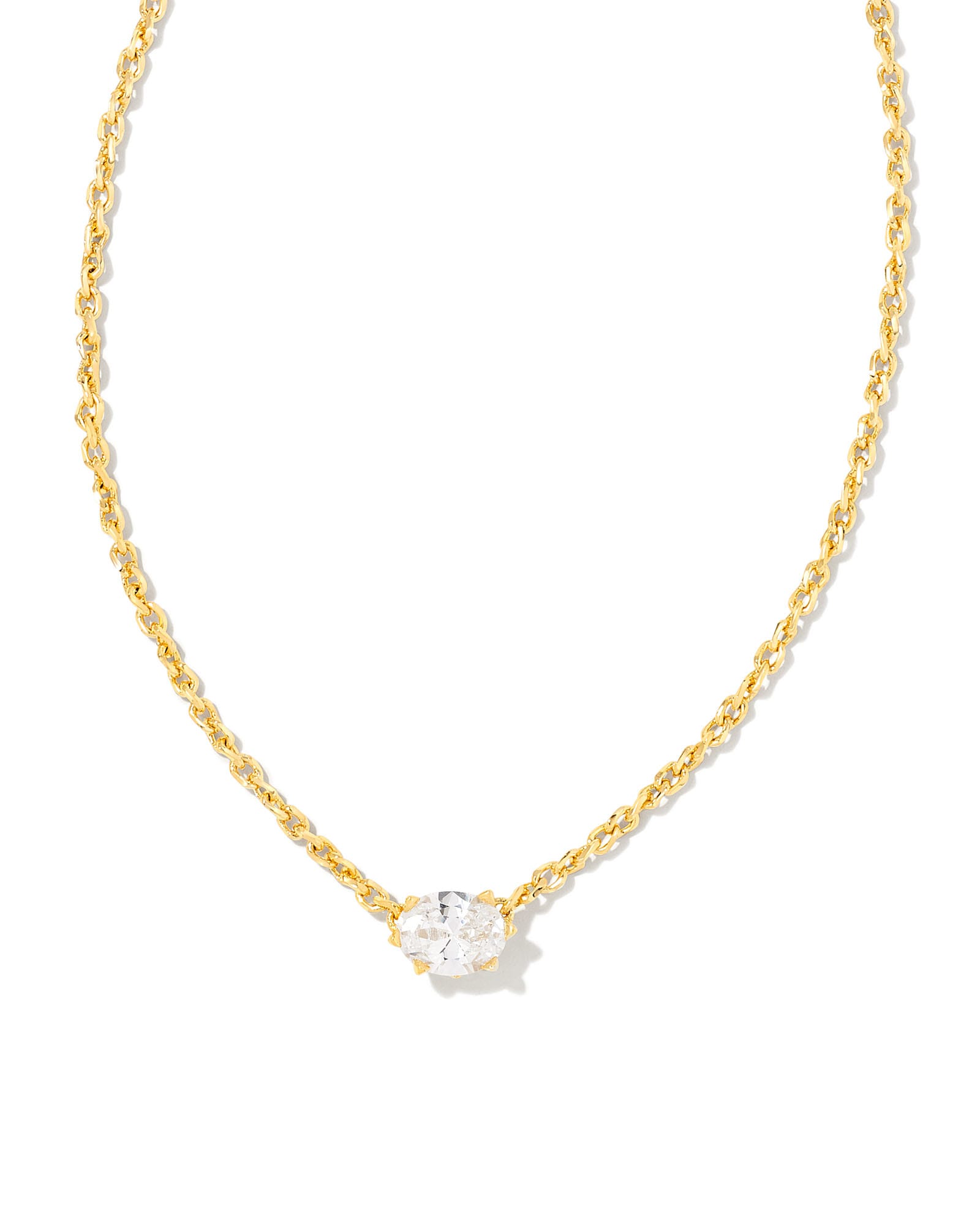Ensuring Precious Metal Quality Via Efficient Certification Processes
Ensuring Precious Metal Quality Via Efficient Certification Processes
Blog Article
Au is one of the highly sought-after precious elements in the world. Its value is not only determined on its beauty but also on its rarity and the multitude of uses it has in different sectors. However, guaranteeing the quality of gold is essential for buyers and vendors alike. This is where efficient verification practices come into effect. Certification helps to verify the fineness and authenticity of gold, providing both consumers and stakeholders confidence in their purchases.
The process of certifying gold involves multiple steps. Initially, the gold must be tested for its purity, which is usually measured in carats. Pure gold is 24 carats, but gold is often alloyed with other elements to improve its durability and look. Testing can be conducted through various methods, such as acid tests or X-ray spectroscopy, which provide precise readings of the gold content. Once the testing is complete, a verification body can issue a document that confirms the gold's standard, ensuring that purchasers know exactly what they are getting.
Certification not only protects consumers but also assists maintain the integrity of the gold market. Trusted certification bodies establish strict standards that gold must meet before it can be validated. These standards include responsible sourcing, meaning that the gold should be obtained in a way that does not harm the ecosystem or unfairly use workers. By adhering to these standards, certified gold promotes responsible mining practices and advocates for eco-friendliness in the industry.
Another crucial aspect of gold certification is traceability. Many check consumers today are curious in knowing where their gold comes from and how it was manufactured. Certification practices often include a traceability system that traces the gold from mine to market. This transparency is vital in establishing trust between buyers and vendors. When buyers know the source of their gold, they can make informed choices, and this can lead to increased demand for responsibly sourced goods.
In conclusion, efficient certification methods play a critical role in guaranteeing gold quality. They provide assurance to buyers about the purity and authenticity of their acquisitions, while also promoting ethical and eco-friendly methods within the gold industry. As Continue the demand for gold continues to grow, maintaining high standards through certification will be crucial for building trust and integrity in the industry. By supporting certified gold, consumers can aid to a more responsible and clear sector.